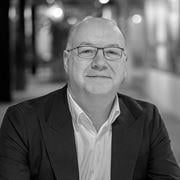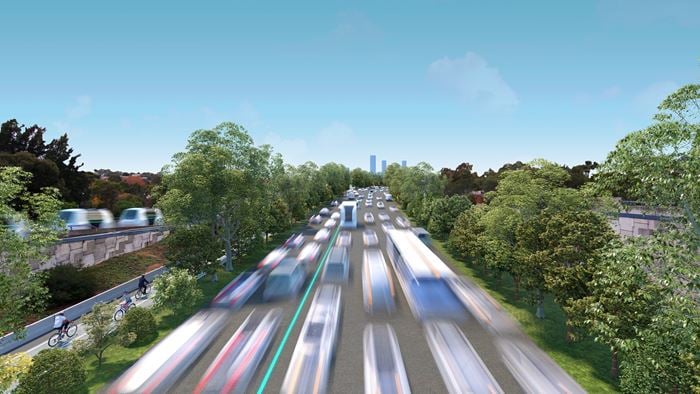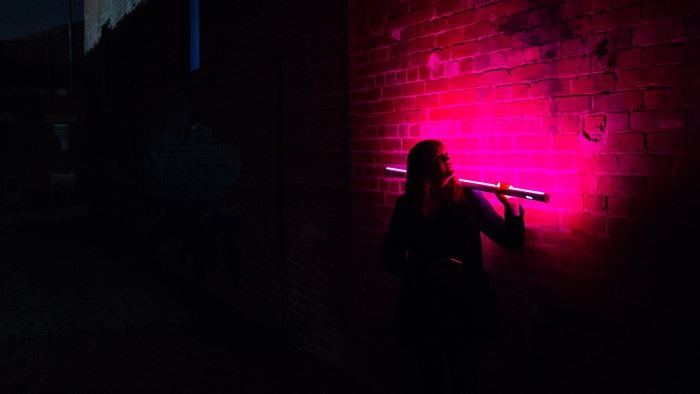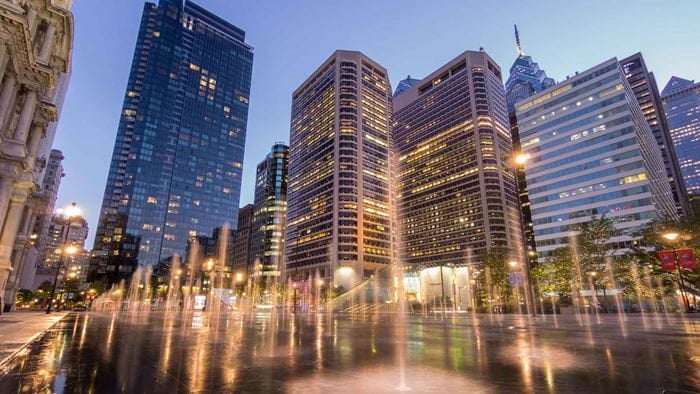Leaving a positive legacy for city-dwellers
We want everything we do to make a meaningful, lasting positive impact – today and tomorrow – for the city, its citizens and its many other stakeholders.
As shown in our Design Book: 50 city stories explored, this might mean taking steps to increase safety for workers in a given industry – as we did for the garment manufacturing industry in Bangladesh. Or it might be something as outwardly simple as applying our operational readiness knowhow to prepare a new hospital or airport to ensure things run smoothly from day one.
Lasting change
“A successful city needs a plan for the future… Such long-term planning is important to the liveability of any city. A long-term view examines how a city will grow in a sustainable, ‘liveable’ way. ” Clover Moore Lord Mayor of the City of Sydney
Sometimes a catalyst is needed to effect change. For Tottenham, in north London, it was the riots in the summer of 2011. One positive result was that it prompted investment in rebuilding damaged properties and in the long-term regeneration of the area.
We’ve worked with the local community on the strategy for regeneration and have secured a loan guarantee for new infrastructure – reducing some of the risk previously associated with investment in this area. Our work is contributing to the local council’s plans for change. Between now and 2025, 5,000 jobs will be created, 10,000 homes will be built and more green public space will make Tottenham a better place to live and work.
New infrastructure benefits a city as a whole for many years. Crossrail, for example, is a 118km railway line passing under London. The aim is that the high-frequency east-west line will increase London’s below-surface rail capacity by 10%, it will also stimulate development above the new stations and along the route.
Future aspirations are high, but what about today? A central part of our role has been ensuring that tunnelling under the city doesn’t affect life above ground. We’ve carefully assessed and monitored the impact of the tunnelling on 17,000 structures along the route, as well as underground utilities and London Underground.
Design for future needs
Can you design now to meet future needs? We think so. The White Collar Factory is a blueprint for office design developed for property investor and developer Derwent London. The goal was to anticipate tomorrow’s tenants’ needs before they were expressed, rather than simply responding to today’s design trends. It’s a model for the workplace of the future.
New ideas of course need to be tested and proven. In Hansung City in Qingdao, China, we were asked to develop a test site for micro-energy grid (MEG) technology – which can reduce energy usage, carbon emissions and costs. The technology means energy can be directed to where it is needed and when. Residents have access to the information they need to monitor and reduce their own energy use. It’s true people power.
Design Book: 50 city stories explored
Read an electronic version of the Design Book
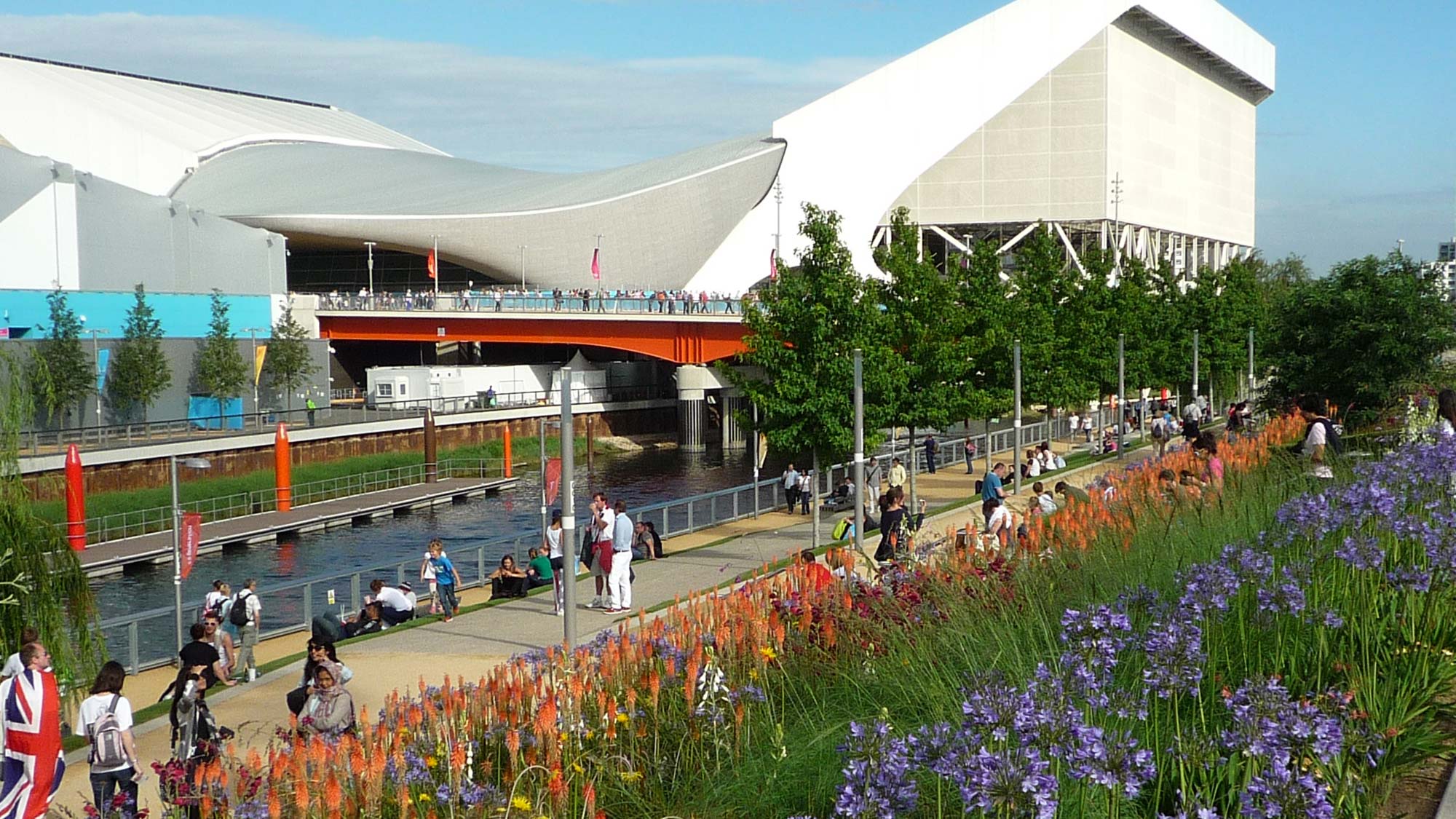 ;
;
